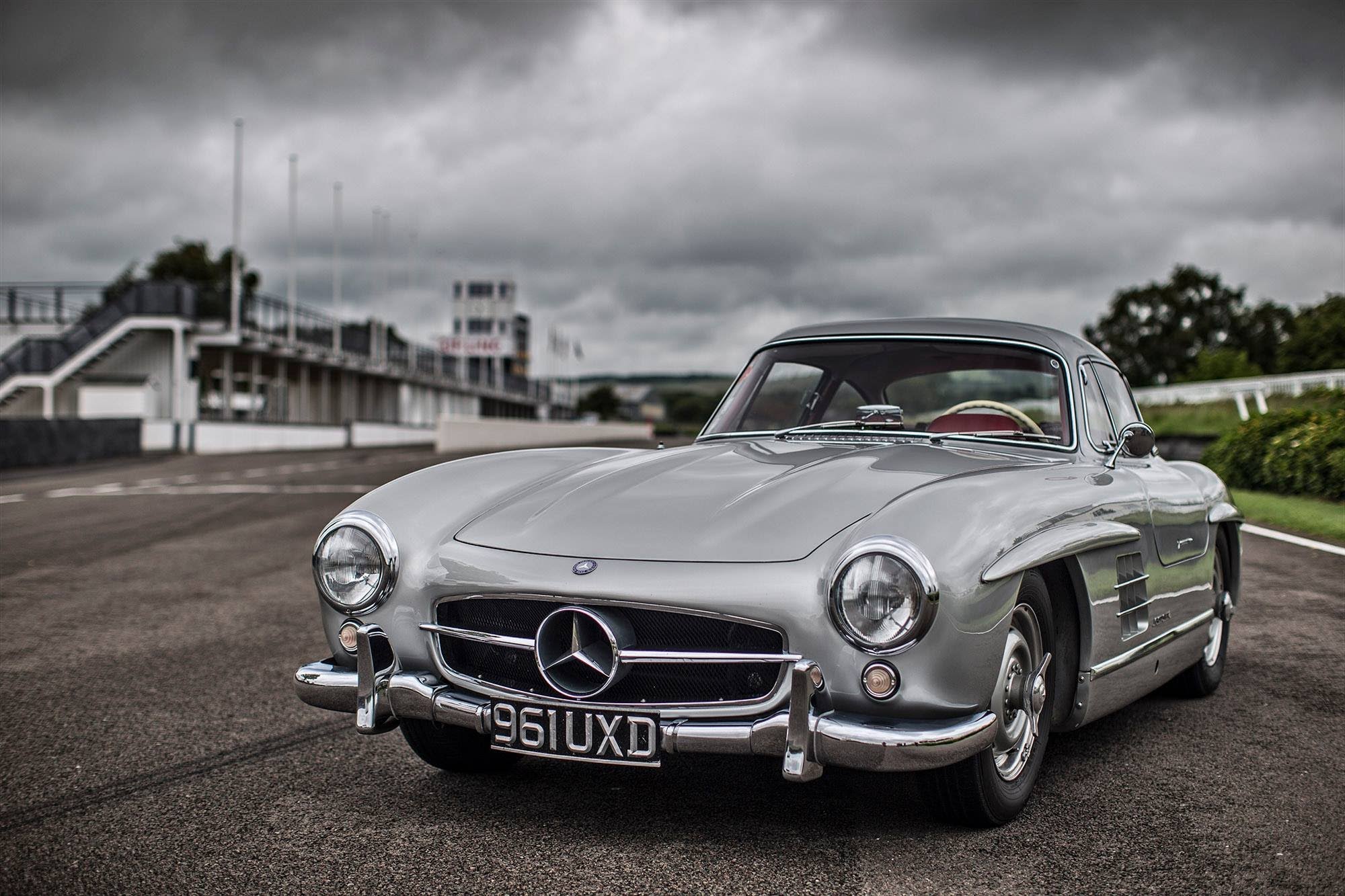Cars
Winterize The Parts In Your Classic Luxury Automobile
Few men will deny the superiority of classic luxury automobiles versus their modern equivalents. Sure, safety has certainly advanced and fuel economy improved, but where’s the creativity or craftsmanship? Virtually every modern luxury vehicle within a specific class looks the same, whereas the distinction between a BMW 7-Series E23 and a Volvo 264GL, for example, could probably be made from up to half a mile away.
This marked difference between early and late-model luxury cars goes beyond looks, enough that many men will opt to drive a weathered classic over a pristine new model, even though the latter is within their financial capabilities. These older luxury vehicles were built to last – a testament to their engineering genius. Dents on the fender, faded paint, and a little bit of upholstery peeling on the backseat are overlooked in favor of original design and mechanical endurance.
However, men would be remiss if they think even the best-designed luxury vehicles are not vulnerable to wear and tear. It’s a fact of life for any machine no matter how durably manufactured or finely fitted are the parts; use leads to breakdown – and inevitably failure. But even rusty suspension parts and squeaky brake parts can be replaced pretty easily to ensure highest performance and of course safety.
With winter approaching, it’s especially imperative for owners of early model luxury vehicles to get the edge on automobile preparedness. Taking care of problems before they happen is the key to relatively happy car ownership regardless of make and model. Luxury car owners, in particular, are advised to approach issues a little more carefully and proactively than the average car owner. The reason is simple: cost.
Take classic BMW vehicles for example – they can run forever but when something does happen to fail, it’s a notoriously costly affair. Bring an early-model BMW to a corporate car repair shop, or heaven forbid the local dealer, and prepare to pay way more for BMW parts and accessories than is necessary. The script most of these places read from goes something like this: “These BMW parts are rare, the closest one is hundreds of miles away, and this is going to make an already expensive repair even more costly.”
Do you want to be in the thick of a blizzard when anything goes wrong? Probably not – which is why a routine fall inspection prior to the first freeze is a good idea. If the mechanic points out anything showing signs of impending failure, like rough suspension or cracked exhaust, look online at stores like eEuroparts for the lowest prices on the OEM replacement parts you need. The price of early-model BMW parts online versus what a corporate car shop or dealership will charge is jaw dropping. Better to buy ahead, be prepared, and get significant savings in the process.
The same holds true for many other standard auto parts of the winterization process. The tires for your ’84 BMW 7-Series are sure to be cheaper online than through the local tire shop. If your ‘89 5-Series needs new brake pads, the internet is going to have the better bargain. No joke, depending on if you use synthetic motor oil, that could even possibly be less expensive if bought online – shipping included. Parts like belts, hoses and clamps, batteries, and antifreeze can all be added to the list.
So now you’ve got your replacement exhaust gaskets, sway bar bushings, snow tires, a new battery, and the fluids are topped-off in your classic Bimmer. Your options now are either to repair the parts yourself or find a professional. Without the right tools and enough working-space, the DIY route may not be in the cards. But you should always check trusted resources on the internet and determine if you have the capacity to try to learn how to repair certain parts. The aforementioned skepticism regarding car shops and dealerships may have you wondering what other option is there.
The ideal choice for early-model luxury car owners lacking mechanical skills but needing winterization work done is to take the pre-purchased BMW parts online to a local “mom and pop” mechanic specializing in classic and vintage BMWs. Virtually every city is going to have a handful of luxury vehicle specialists. On average, they tend to be cheaper than “name brand” franchise mechanic shops, and certainly less expensive than a dealer. If one turns their nose up at the parts you bought online, move on to the next one.
The adage “they don’t make them like they used to” certainly applies to classic BMWs – in fact, even to the whole variety of European luxury automobiles released throughout the 1970s and 80s. In many ways, they represent the zenith of old world automobile engineering and craftsmanship. With that said, remember that early-model luxury cars are not impervious to wear and tear, nor should they be made to rough it out through winter without being prepared for the cold weather. It’s important for owners of these classics to take steps to avoid overpaying for parts, as well as to find reliable mechanics to do the work. You’ll increase the chances of your tried and true classic car reaching the next 100,000 mile mark and beyond.

















Recent Comments